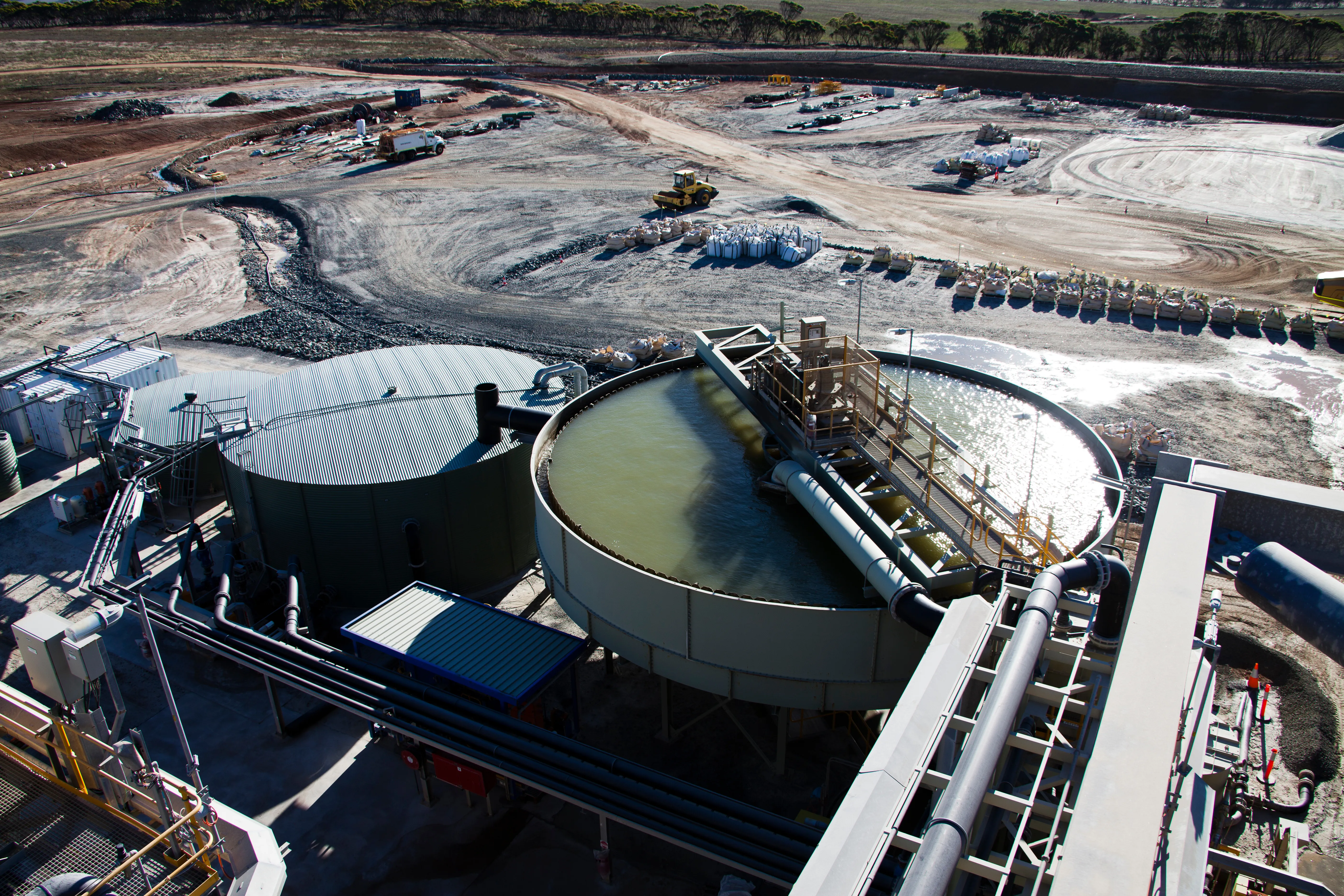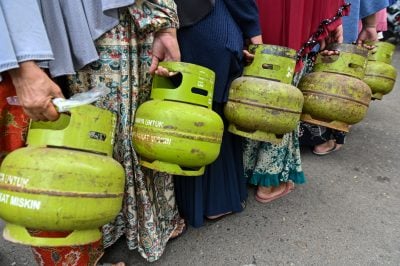In 1987 two researchers at the University of Leeds published a paper showing that lithium-bearing pegmatite – a hard rock which is one of three types of lithium deposit – was “widespread on the African continent”. At that time, however, tackling climate change was not yet a global priority and lithium was not yet considered a “critical” mineral, let alone one which could help to end the world’s dependence on fossil fuel.
But now that most governments have net-zero strategies to decarbonise their economies, some of which include ambitious electric vehicle (EV) targets, questions about the sufficient supply of lithium – of which 8 kg can be used in a single EV battery – give a new impetus to the geological assessment of Southern Africa.
If countries were to follow the goal of limiting global warming below 2 degrees set at the 2015 Paris Agreement, demand for lithium in 2040 could reach more than 40 times that of 2020, leading to potential shortages in the near future, “unless sufficient investments are made to expand production,” the International Energy Agency (IEA) has warned.
Africa’s potential
According to a 2020 US Geological Service summary, Africa accounts for more than 5% of the world’s lithium resources. Although this number might seem small compared to South America – which has 58% within the “lithium triangle” of Chile, Argentina, and Bolivia – Africa is still largely unexplored.
“It’s important to remember that there are other lithium pegmatite deposits known that have not been explored enough to have resources estimated,” says Kathryn Goodenough, principal geologist at the British Geological Survey. “The continent as a whole is pretty prospective for lithium pegmatite [deposits], and because we know that they’re heavily affected by tropical weathering, there’s likely many more to find, but they’re not exposed at the surface,” she says.
The current supply chain for lithium-ion batteries is geographically narrow: while lithium is sourced in South America, Australia, and China, China is believed to own 70-80% of the entire supply chain for electric vehicle manufacturing. This dominance is largely seen as unsustainable for Western countries fearful of dependence on China, especially as producer countries increasingly look at controlling their exports following the energy crisis.
“The world is already seeing the risks of tight supply chains, which have pushed up clean energy technology prices in recent years, making countries’ clean energy transitions more difficult and costly,” said the IEA in January. “Increasing prices for cobalt, lithium and nickel led to the first ever rise in EV battery prices, which jumped by nearly 10% globally in 2022.”
More lithium suppliers are therefore needed to accelerate the energy transition. This is where Southern African countries such as Zimbabwe, Namibia and Botswana are expected to play their cards.
Reopening old mines in Namibia
In the 1930s two mines, located 20km outside the town of Karibib, western Namibia, opened for the exploitation of a lithium mineral called petalite – its transparent pink appearance and resistance to heat made it famous for ceramic glazes and cooking ware. After decades of operations, the mines at Karibib were eventually abandoned in the 1990s. In 2016 the Canadian company Desert Lion Energy bought them, seeing potential for lithium extraction as the demand for EV batteries exploded.
Four years ago Joe Walsh, managing director at the Australian Stock Exchange listed company Lepidico, decided to speed up the project: he and his shareholders acquired Desert Lion and invested some $63m to re-develop the two mines and build a concentrator. The two mines are now expected to go into production by early 2025.
“We will then be exporting out of the port of Walvis Bay to Abu Dhabi, where we are building our chemical conversion plant that uses our proprietary process technology to produce lithium hydroxide and five other derivative products,” explains Walsh. In December 2021, Lepidico entered into an off-take agreement for lithium hydroxide with the European raw material trading company Traxys.
Walsh says that Lepidico’s first project in Namibia shows the commercial viability of lithium pegmatite deposits in Africa. “The reality is that the world needs all the lithium that is going to be able to get, and as long as companies that are looking at developing these assets demonstrate good environmental credentials, the capital will ultimately be there for developing lithium assets in Africa,” he says.
But the real question for Namibia – and other Southern African countries – is how far they can go in the value chain, so they don’t merely export the raw materials.
Will lithium be processed in Africa?
In 2019 the world’s largest hard-rock lithium mine, at Greenbushes, in Western Australia, opened two large chemical-grade lithium processing plants to transform its spodumene ore concentrate into lithium hydroxide. This led to a higher margin for the Australian producer: the spodumene concentrate sold for $4,587 per tonne, whereas lithium hydroxide fetched $17,274 at the time of an S&P Global report.
As far as Southern Africa’s nascent hard-rock lithium industry is concerned, however, building processing plants seems like a far-reaching objective. “At the moment, the concentrate produced in Southern Africa’s lithium mines has to be exported to China because the next step – which consists of taking that spodumene concentrate and turning it into a lithium compound that you can sell to a battery manufacturer – currently almost only happens in China. Almost nowhere else are there facilities,” says Goodenough.
The Chinese near-monopoly in processing means it is more likely to happen in Africa with Chinese expertise. “Ultimately, it probably can’t be done without the Chinese. There will be a need to make use of the capability of the Chinese to develop the technology. And that’s the step that is challenging in terms of reducing Chinese dominance,” says Goodenough.
The problem of re-locating lithium processing plants in other parts of the world, such as Southern Africa, is that the current Chinese dominance also leads to supply-chain efficiencies, reducing the ultimate price of EV batteries. “I think it is very likely that a supply chain that didn’t involve China might be more expensive,” says Goodenough. “A lot of European and North American countries also want to have some security in their supply chain so that they’re not reliant on China, which is a driver of price.”
Moreover, Southern African countries need to have reliable sources of energy at competitive prices if they want to attract sufficient capital to build chemical plants. Walsh says Namibia “needs to be more competitive from the perspective of energy prices as Lepidico’s process requires great supplies of natural gas and green hydrogen.”
Energy prices for households in Namibia are nearly 1.5 times those in the United Arab Emirates, at $0.117 per kWh compared to $0.081 per kWh, according to the website GlobalPetrolPrices.com. To be profitable, a plant also has to process a certain amount of lithium concentrate and cannot rely on a single mine, requiring regional cooperation.
The need for diverse supply
“You need to know that you’re going to have enough material coming through, which makes it very difficult to build a processing plant for spodumene while relying on the output of a single mine,” says Goodenough. “Ideally, you need to have several different mines feeding one processing plant so that you can make sure that it remains economically viable.”
For the moment, there is no concrete agenda set by the Southern Africa Development Community on lithium mining and processing. Well-established mining industries in Namibia, Botswana, or Zimbabwe, nonetheless make them attractive for investors. But the region’s capacity to create a lithium processing industry will depend on countries’ abilities to collaborate over large-scale projects which include multiple mines and companies.
Want to continue reading? Subscribe today.
You've read all your free articles for this month! Subscribe now to enjoy full access to our content.
Digital Monthly
£8.00 / month
Receive full unlimited access to our articles, opinions, podcasts and more.
Digital Yearly
£70.00 / year
Our best value offer - save £26 and gain access to all of our digital content for an entire year!
 Sign in with Google
Sign in with Google 



